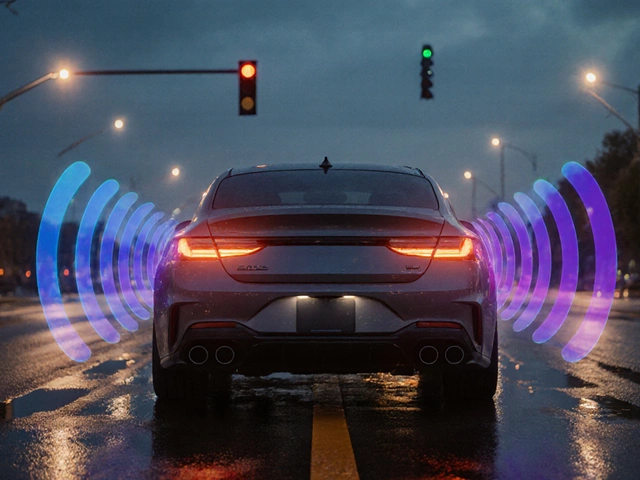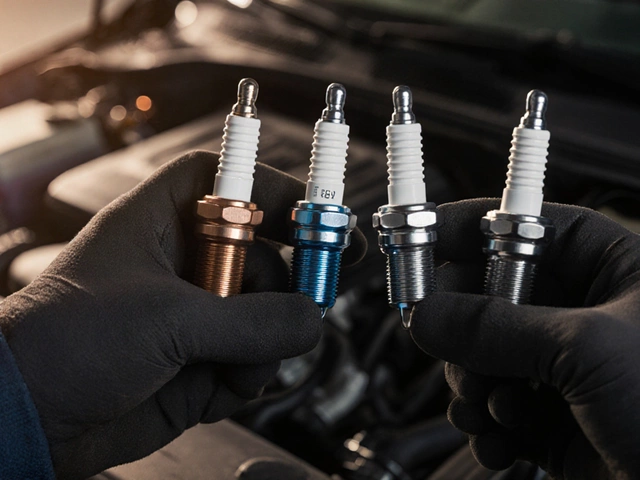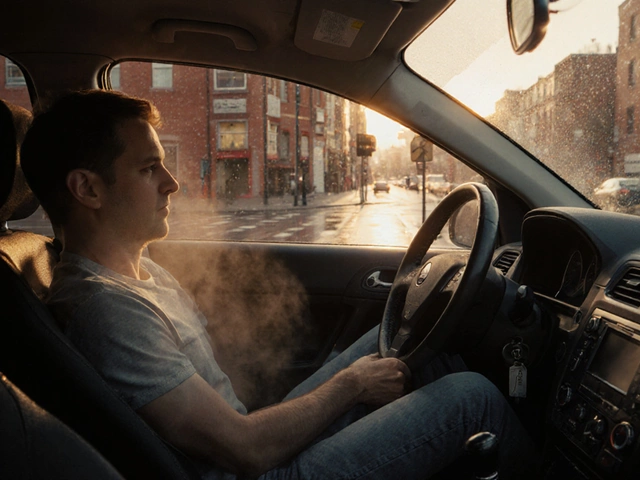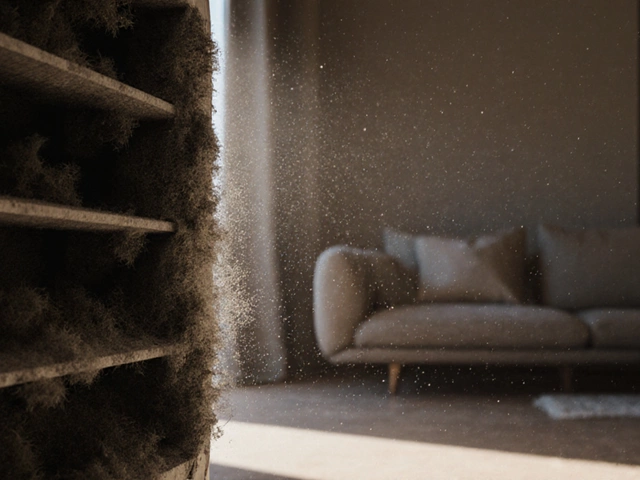
Worn Rotors: Signs, Risks, and What to Do Next
When your worn rotors, the flat metal discs that brake pads clamp down on to stop your car. Also known as brake discs, they’re a critical part of your vehicle’s stopping power. If they’re thin, warped, or scored, your brakes won’t work the way they should—no matter how good your pads are.
Worn rotors don’t just cause squealing or vibration—they can lead to longer stopping distances, uneven brake pad wear, and even complete brake failure under heavy use. They’re often the hidden cause behind brake problems that people blame on pads alone. Many drivers notice a pulsing feeling in the pedal or a steering wheel that shakes when braking, but don’t realize it’s the rotors, not the suspension or tires, causing it. A rotor that’s worn past its minimum thickness rating won’t dissipate heat properly, which increases the risk of brake fade during long descents or repeated stops. This isn’t just an inconvenience—it’s a safety issue.
Rotors wear out faster if you drive in stop-and-go traffic, haul heavy loads, or ride the brake pedal. They also get damaged if you ignore worn brake pads for too long. Metal-on-metal contact from completely worn pads can gouge and warp the rotor surface in minutes. Once that happens, no amount of resurfacing will fix it—you’ll need a full replacement. You can’t see rotor wear just by looking at the tire or listening for brake noise. You need to check the thickness with a micrometer or have a mechanic inspect them during a brake service. Most manufacturers recommend replacing rotors every second or third brake pad change, but that’s just a rule of thumb. Real wear depends on your driving habits, not your odometer.
Some people try to save money by resurfacing worn rotors, but that only works if there’s enough material left. If the rotor is already near its minimum thickness, resurfacing just makes it thinner and more prone to warping again. In many cases, buying new rotors is cheaper and safer in the long run. You’ll get better braking, quieter operation, and longer pad life. And with the right parts, you won’t need to revisit the brake job for years.
What you’ll find in the posts below are real-world stories and guides from drivers who’ve dealt with brake issues—some ignored the signs until it was too late, others caught them early and saved themselves time and cash. You’ll see how worn rotors connect to brake noise, pedal feel, and overall safety. You’ll also learn how to spot the early clues, what to ask a mechanic, and when to walk away from a shady repair shop. This isn’t theory—it’s what actually happens on the road, and how to handle it before your next stop becomes an emergency.
-
29 Jun






